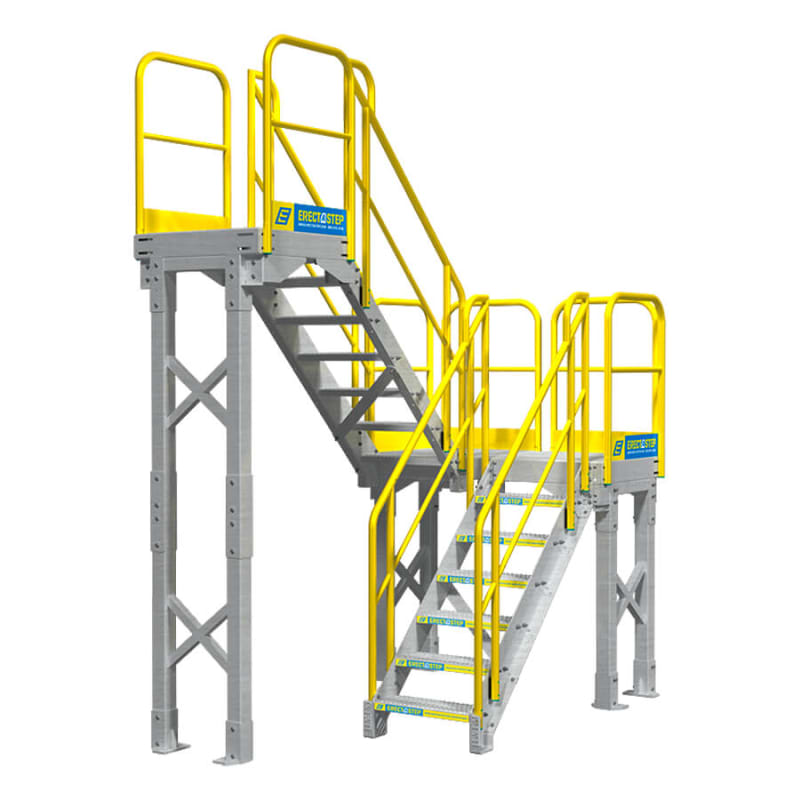SteelPE
Structural
- Mar 9, 2006
- 2,749
I have been tasked designing a set of self supporting stairs inside a building. The stair is a "switch back" stair and only goes up one story (approximately 13'-0" +/-). I have done my fair share of star design before but I am not sure I have ever been approached to design a stair quite like this.
We have proposed to the fabricator that they install bracing at the lower landing and upper landing..... and parallel to the stringers (as they run from the lower landing to the upper landing). However, we now need to provide "calculations" on these stairs and we need to make sure that they work by the numbers. What lateral loads would you use on the stair outside of those outline in chapter 13 of ASCE 7?
We have proposed to the fabricator that they install bracing at the lower landing and upper landing..... and parallel to the stringers (as they run from the lower landing to the upper landing). However, we now need to provide "calculations" on these stairs and we need to make sure that they work by the numbers. What lateral loads would you use on the stair outside of those outline in chapter 13 of ASCE 7?

